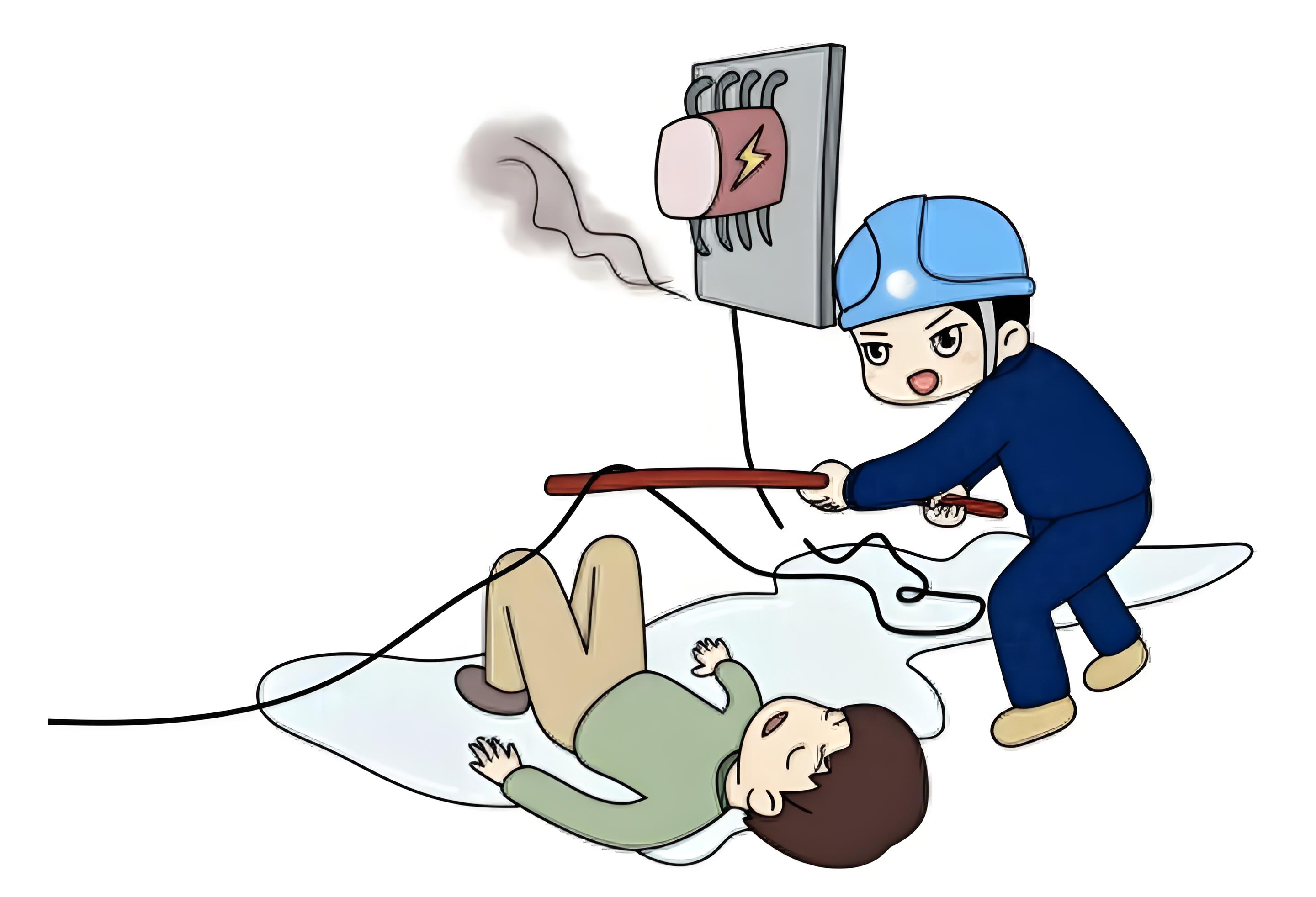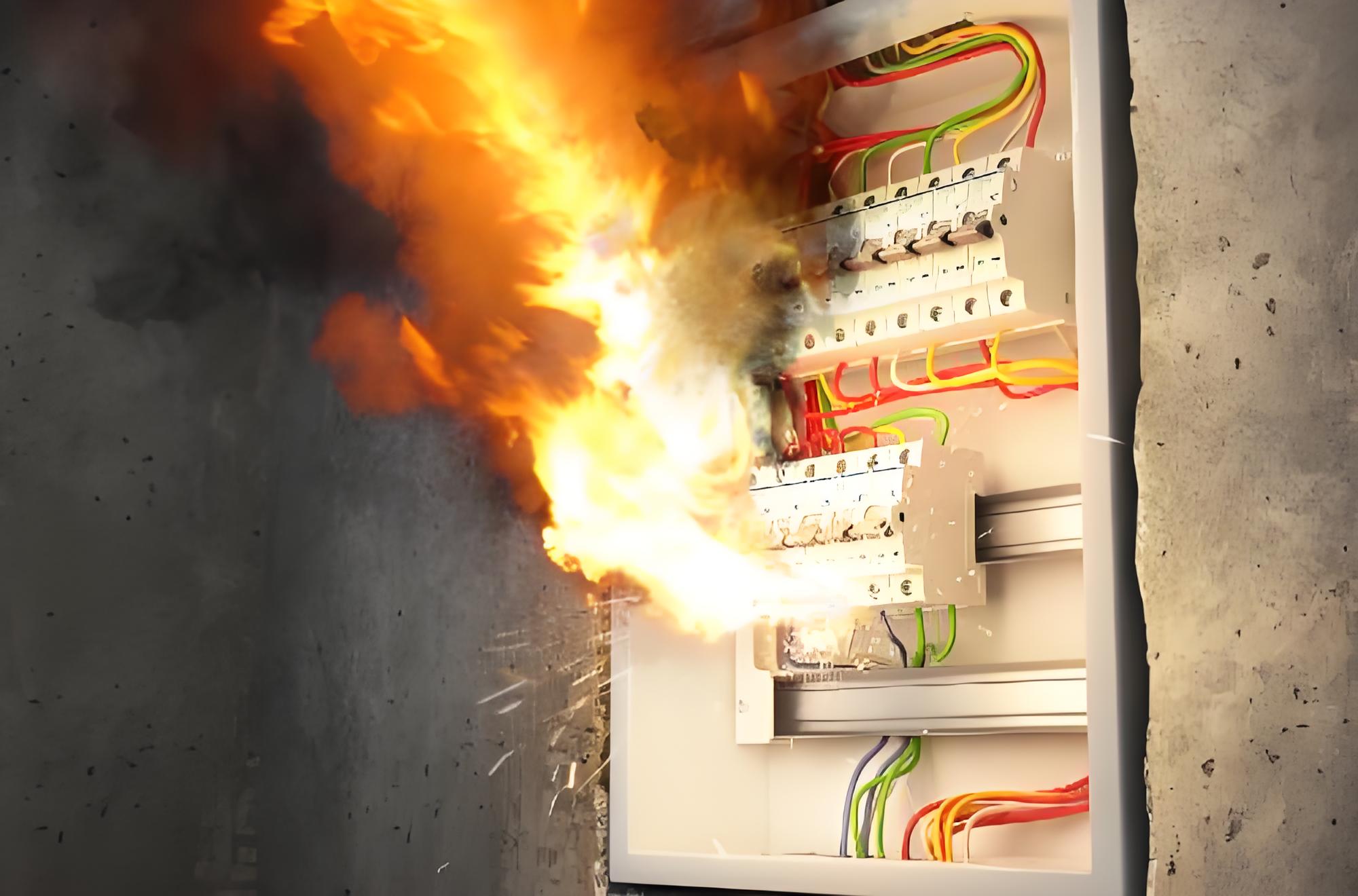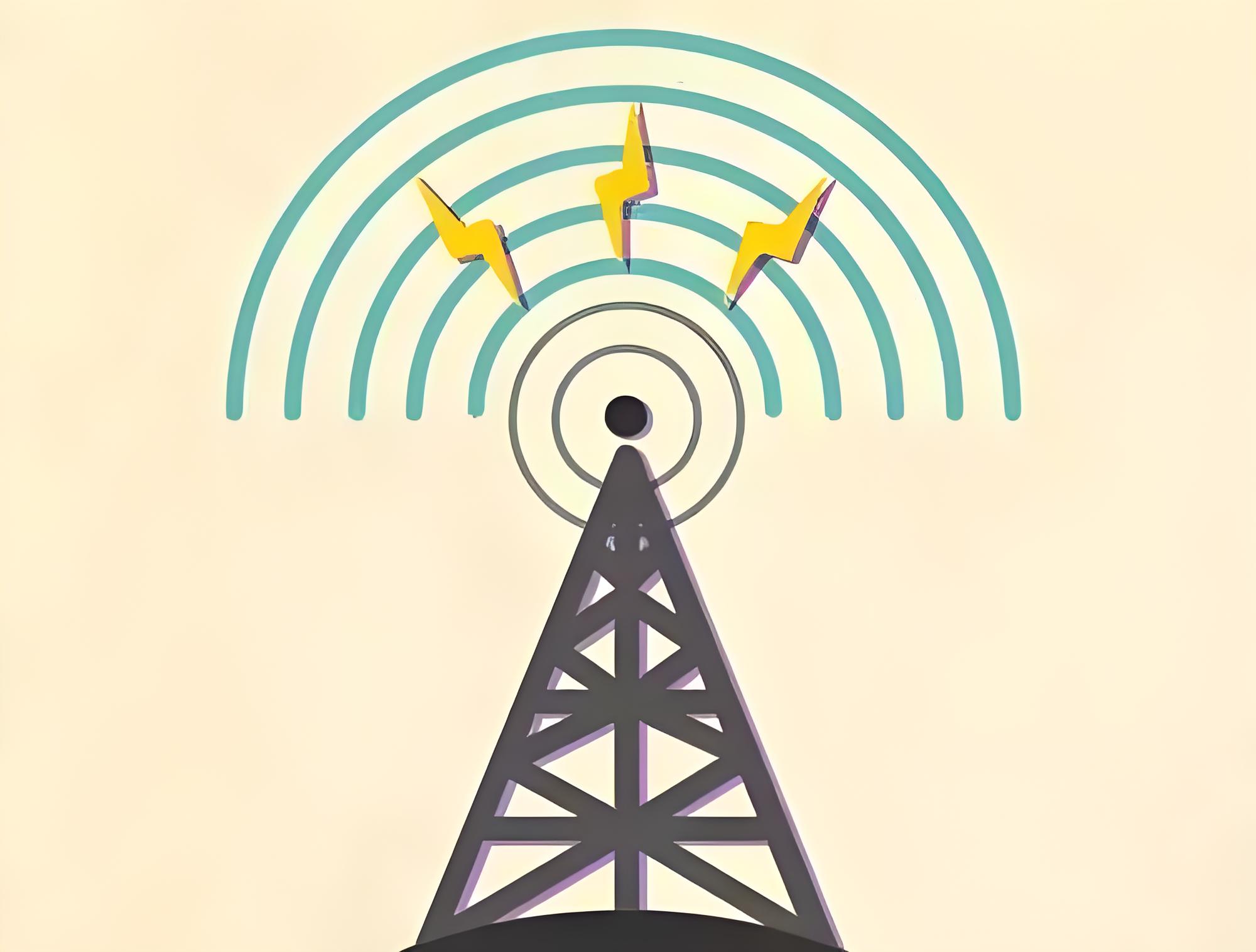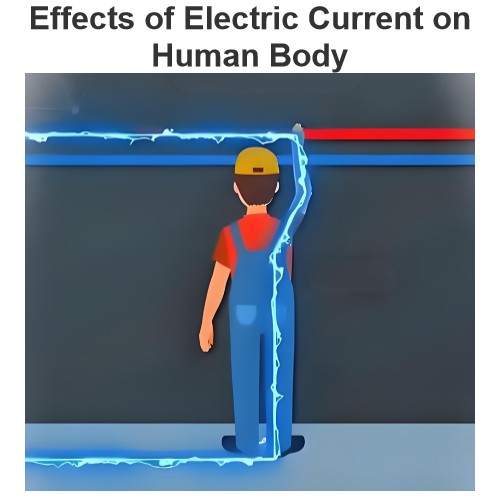What are four major hazards which may arise from the use of electrical equipment?
The four major dangers associated with the use of electrical equipment mainly include the following:
Electric Shock:
Electric shock is one of the most common electrical hazards. When a person comes into contact with a live electrical part, current passes through the body, potentially causing anything from minor tingling to fatal injuries. Electric shocks not only pose a threat to personal safety but can also lead to equipment damage and production interruptions.

Fire:
Electrical equipment failures, overloads, or short circuits can all cause fires. Electrical fires can result in property loss and endanger lives. Common causes include damaged insulation, loose connections, overheating, and improper installation.

Explosion:
In certain environments, sparks or high temperatures from electrical equipment can ignite flammable gases or dust, leading to explosions. This danger is particularly common in chemical plants, gas stations, and mines. Using explosion-proof electrical equipment and implementing strict management measures are key to preventing such accidents.

Electromagnetic Interference (EMI):
The electromagnetic fields generated by electrical equipment during operation can interfere with the normal functioning of other electronic devices, leading to data loss, equipment failure, and even system crashes. Medical devices, communication equipment, and precision instruments are especially sensitive to electromagnetic interference.

To prevent these dangers, the following measures should be taken:
Regularly inspect and maintain electrical equipment.
Use electrical equipment that meets safety standards.
Train employees to use and maintain electrical equipment correctly.
Install appropriate protective devices, such as circuit breakers and residual current devices (RCDs).
Use explosion-proof electrical equipment in flammable and explosive environments.
Implement effective electromagnetic shielding measures to reduce EMI.
By taking these measures, the risks associated with the use of electrical equipment can be significantly reduced, ensuring the safety of personnel and property.
The Electricity Encyclopedia is dedicated to accelerating the dissemination and application of electricity knowledge and adding impetus to the development and innovation of the electricity industry.













